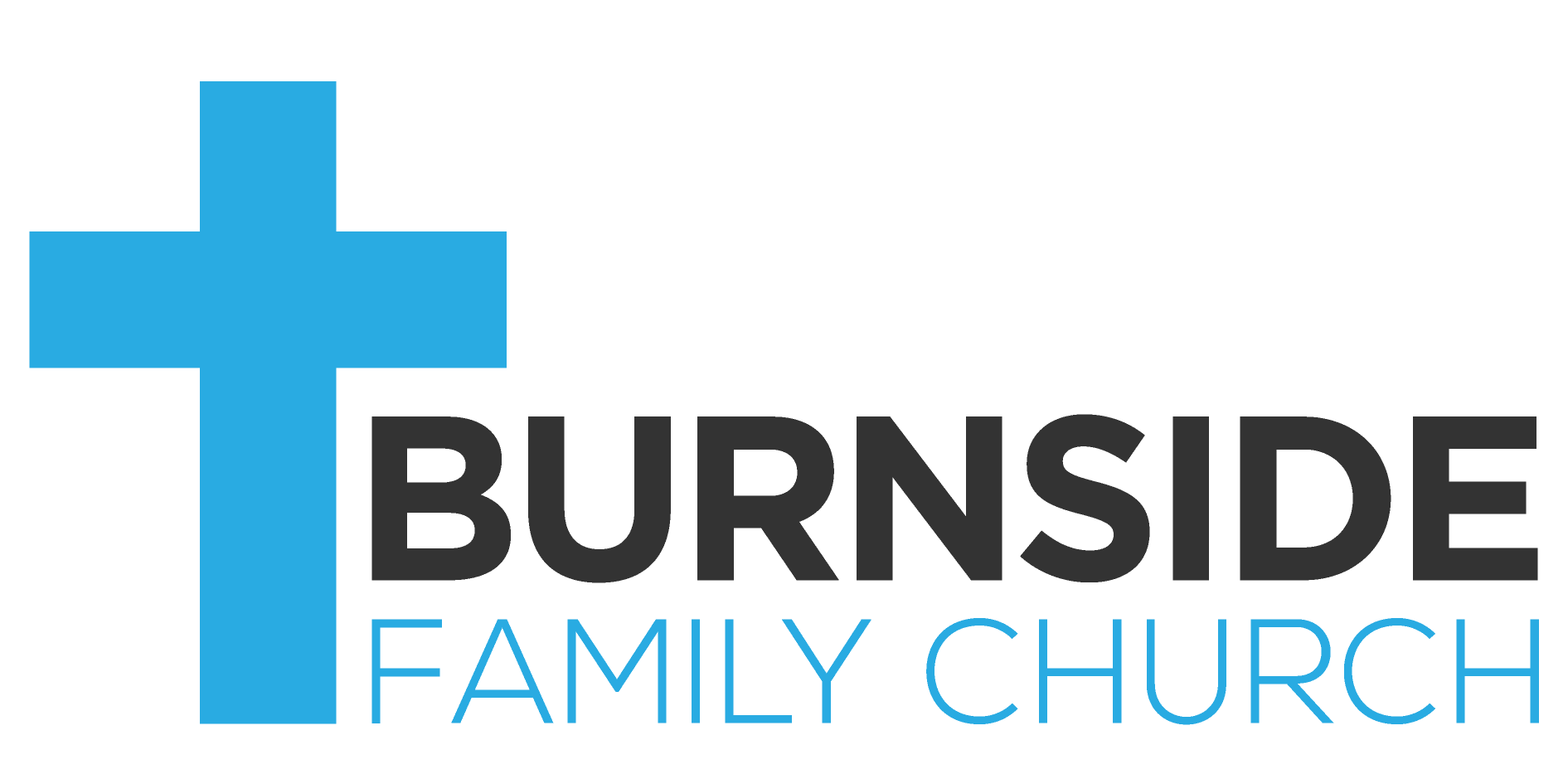Matt 15:21- 39 Jesus Healer and Provider - by Jeff Byerley
The Study Matt 15:21- 39 Jesus Healer and Provider
Outline:
15:21-28 A Gentile Woman shows her Faith
15:29-31 Jesus heals Great Multitudes.
15:32-39 Feeding Four Thousand.
Our Reflections
General:
This passage should be read with the Mark 7:24-8:10 which provides further details. We noted several themes here:
(1) This passage comes after a ministry to the Jews who have largely rejected him. Now Jesus becomes involved in ministry to the Gentiles before he heads to the Cross.
(2) The incidents point more and more to revealing Jesus' divine nature.
(3)There is a great emphasis on the need to exercise faith in Jesus.
Questions
1. What do we know about Tyre and Sidon and this woman (15:21-22)?
2. Why did Jesus seem to treat her so harshly at first (15:23-26)?
3. What do we learn from the woman's actions and reward (15:27-28)?
4. What was significant about Jesus works of healing among this multitude (15:29-31)?
5. What do we find surprising about the feeding of the 4,000 (15:32-39)?
ATO Bible Study Group Reflections:
General: This passage should be read with the Mark 7:24-8:10 which provides further details.
We noted several themes here: (1) This passage comes after a ministry to the Jews who have
largely rejected him. Now Jesus becomes involved in ministry to the Gentiles before he heads
to the Cross. (2) The incidents point more and more to revealing Jesus' divine nature. (3) There
is a great emphasis on the need to exercise faith in Jesus.
1. What do we know about Tyre and Sidon and this woman (15:21-22)?
Tyre and Sidon were Gentile coastal cities in Northwest Philistia / Phoenicia. They were
proverbial for pagan peoples often condemned for their Baal worship and arrogant pride in their
power and wealth (Ex. 27:1-36, Ez. 26:1-21). Archaeologists found a temple dedicated to
Eshmun a god of healing three miles Northwest of Sidon. This woman, however, chose to come
to Jesus, having recognized him as the awaited Messianic “Son of David”.
2. Why did Jesus seem to treat her so harshly at first (15:23-26)?
Jesus' emphasis was that his earthly ministry was centred on the lost sheep of Israel (meaning
not just some of Israel, but all of Israel). It seems Jesus was testing this woman, whose
testimony of faith would be recorded in the gospel as exemplary for all Christians.
3. What do we learn from the woman's actions and reward (15:27-28)?
She was a very courageous woman who did not let the barriers of being a woman, a Gentile and
of no standing, get in the way of approaching Jesus, her treasure (cf 13:44-46). She had
approached desperately, humbly, respectfully, but boldly, confidently, tenaciously, (cf. 7:7-11),
addressing him as Lord and Son of David. She was very specific and clear as to what she was
asking for. This is quite exemplary. See Heb. 4:14-16 and esp. v.16: “Let us then approach the
throne of grace with confidence, so that we may receive mercy and find grace to help us in our
time of need.” She had heard about the coming promised Messiah, according to Jewish
traditions, (the scriptures) and believed that Jesus was he, who was all powerful to do it and
would not refuse her. “A bruised reed he will not break” (Isa 42:3). As a Gentile she would still
be blessed according to the promises of God (Gen.12:3).
4. What was significant about Jesus works of healing among this multitude (15:29-31)?
Firstly, Mark 7:3 specifies that this was in the Decapolis region. So it was a ministry to the
Gentiles! Secondly, the description given of Jesus healings is similar to the description he gave
to the disciples of John the Baptist (11:4-5). That is, they identify him as the Messiah (Isa 29:18,
35:5). Thirdly, it is remarkable that these Gentiles showed their faith in him, enabling him to do
many miracles, whist his own townspeople had refused to believe him. Faith is essential.
5. What do we find surprising about the feeding of the 4,000 (15:32-39)?
Again this was a miracle provided to Gentiles. But his disciples' question about finding sufficient
food (v.33), showed they had forgotten how he had recently fed 5,000 men! Indeed in Matt 16:5
-12 Jesus rebukes them for their lack of understanding. The seven loaves and seven baskets
left over may be a sign about the “completeness” of Jesus' ministry or a reference to the historic
seven surrounding Gentile nations. The region of Magdala is also mentioned in verse 39.
Evidently, this was where Mary Magdalene came from.
